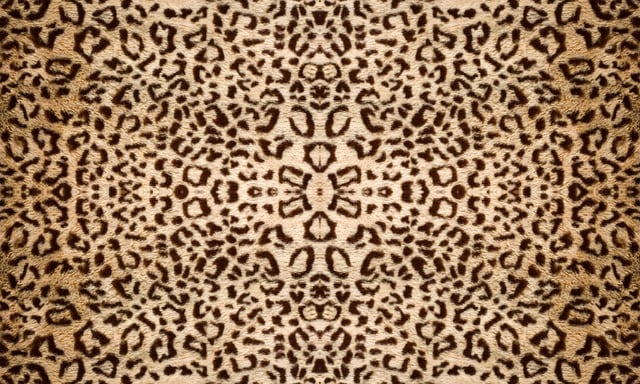Warts, caused by HPV, appear in various types and locations. Medical-grade pain-free wart removal methods prioritize safety, precision, and comfort over at-home remedies. These advanced techniques use specialized tools and topical anesthetics to target warts accurately without scarring or irritation. Post-treatment care involves keeping the area clean, dry, and following hygiene practices to prevent reoccurrence. Good lifestyle habits also bolster immune function against viral infections.
Experience worry-free wart removal with medical-grade treatments for precise, safe results. This comprehensive guide explores everything you need to know about warts, from understanding their causes and common types to discovering effective, pain-free removal options. Learn how healthcare professionals perform these procedures and gain valuable post-treatment care tips to prevent future infections. Find the best solutions for eliminating unsightly warts without discomfort.
- Understanding Warts: Causes and Common Types
- The Importance of Medical-Grade Treatments
- Exploring Pain-Free Removal Options
- How Medical Professionals Conduct Wart Removal
- Post-Treatment Care and Prevention Strategies
Understanding Warts: Causes and Common Types
Warts are small, rough growths that can appear anywhere on the skin, typically caused by the human papillomavirus (HPV). They are common and usually harmless, but some people may experience discomfort or pain due to their location or size. Understanding the causes and types of warts is essential when considering medical-grade pain-free wart removal for a precise and safe treatment approach.
There are various types of warts, including common warts, which often appear on the hands and feet; plantar warts growing on the soles of the feet; and genital warts, primarily found in the intimate areas. Each type has its unique characteristics and may require different treatment methods. Pain-free wart removal techniques aim to eliminate these growths without causing further discomfort, ensuring a more comfortable experience for patients.
The Importance of Medical-Grade Treatments
When it comes to treating warts, opting for medical-grade pain-free wart removal methods is paramount for several reasons. Firstly, these treatments are designed with safety and precision in mind, ensuring minimal discomfort during the procedure. Traditional wart removal techniques can be painful and often leave patients feeling uncomfortable for days afterwards. Medical-grade options, however, offer a more advanced and gentle approach.
Secondly, precise and safe treatment is crucial to prevent potential side effects and complications. By using medical-grade treatments, dermatologists can effectively target the wart while preserving healthy skin surrounding it. This ensures that the removal process is efficient, quick, and less likely to cause scarring or further irritation—a common issue with at-home remedies or non-medical treatments.
Exploring Pain-Free Removal Options
Warts can be a persistent and uncomfortable issue, but exploring pain-free removal options offers a relief many have been seeking. Traditional methods often involve painful procedures, leading many to opt for alternative solutions. Thankfully, advancements in medical technology have introduced innovative approaches that prioritize patient comfort during treatment.
One such game-changer is the use of medical-grade, pain-free wart removal techniques. These advanced treatments are designed to target warts precisely while minimizing discomfort. By employing specialized tools and topical anesthetics, healthcare professionals can now offer effective wart removal without causing significant pain or leaving unsightly scars. This shift towards more humane and efficient treatments has empowered folks to take charge of their skin health with confidence.
How Medical Professionals Conduct Wart Removal
Medical professionals employ various techniques for pain-free wart removal, ensuring a precise and safe treatment process. The first step involves careful examination using magnifying tools to identify the location and type of wart. This is crucial as different warts require distinct removal methods. For example, surface warts can often be removed with topical treatments or simple procedures like cryotherapy (freezing).
More complex cases may require surgical excision or laser treatment. During these procedures, local anaesthetics are administered to numb the affected area, eliminating any sensation of pain. This meticulous approach guarantees patient comfort while aiming for complete wart removal and minimizing potential side effects.
Post-Treatment Care and Prevention Strategies
After successful pain-free wart removal, proper post-treatment care is essential to ensure optimal healing and prevent reoccurrence. It’s crucial to keep the treated area clean and dry, avoiding excessive scratching or irritation. Over-the-counter antiseptic creams can be applied as directed by a healthcare professional to minimize the risk of infection. Additionally, keeping your hands clean and practicing good hygiene can help prevent the spread of warts to others or reoccurrence on different parts of your body.
Prevention is key when it comes to warts. Refrain from touching or scraping off the wart, as this can trigger an immune response and potentially lead to more growths. Wear protective gloves when handling objects that may come into contact with warts to minimize transmission. Regular foot baths and keeping feet dry can help prevent warts, especially on the feet. Additionally, strengthening your immune system through a balanced diet, adequate sleep, and regular exercise can make your body more resistant to viral infections that cause warts.
Medical-grade pain-free wart removal offers a precise and safe approach to treating these common skin anomalies. By leveraging advanced techniques and professional expertise, individuals can bid farewell to unsightly warts without discomfort or side effects. This comprehensive guide has illuminated the importance of medical-grade treatments, exploring various pain-free options and providing practical post-treatment care tips. Embracing these strategies empowers folks to navigate wart removal with confidence, ensuring optimal results and a smoother journey towards clear, healthy skin.
